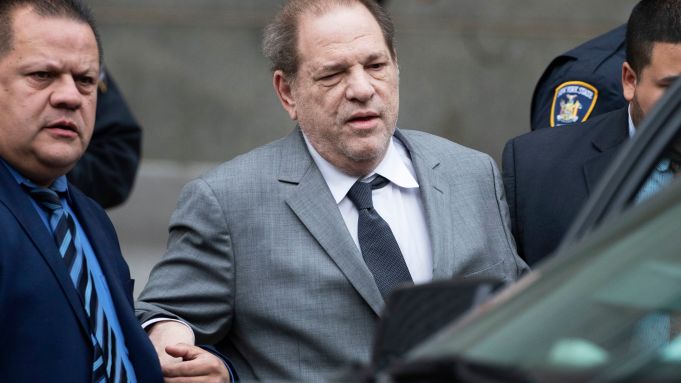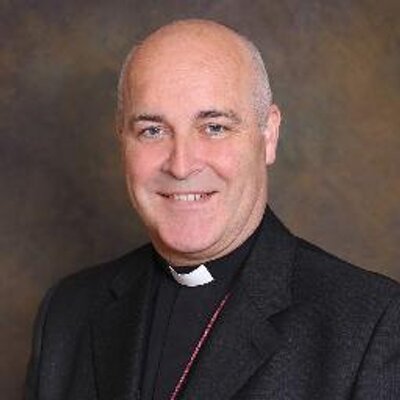
A thought occurred to me as I was reflecting on the first part of the Peter Ball programme broadcast on Monday night on BBC2. I was thinking how children learn the difference between right and wrong. It occurred to me that my generation learnt a great deal about the victory of good over evil by watching endless performances of cowboy films. In the 50s before televisions were generally available, crowds of children would pour down to their local cinema on Saturday mornings to watch a special programme for them at the price of sixpence. There would nearly always be at least one Western and so the children would follow some well-worn story line involving ‘goodies’ and ‘baddies’ on horseback shooting it out at the climax. I came to realise how important this oft-repeated story line was for a rudimentary moral education for the children of that period. Knowing that good was going to prevail in every case was a kind of secular ethical conditioning. Each individual was taught to believe in the ultimate victory of goodness. That is not a bad moral principle to live by, even if it does not always work out this way. Britain in the 50s was an optimistic place and it was still possible to believe in such an idea. Schools, churches and fictional cowboys on horseback all backed up the idea that good guys always win in the end.
When I was watching the Peter Ball programme, I had a horrible sense of turn-around in this old comforting moral universe that I had grown up with. Suddenly the roles of good and bad were reversed. The ‘good’ church types, the ones that I had known, in some cases personally, in the Diocese of Gloucester, suddenly appeared weak, deceitful or actually wicked. By contrast those who opposed them, the police, ruthlessly searching for truth, were the good and upright ones. My professional and personal instinctive loyalties lay with the Archbishop and other bishops who were defending a villain. But, by defending and protecting Ball, these same leaders were betraying truth as well as my trust and loyalty towards them. My old moral universe was being undermined. The ‘goodies’ and the ‘baddies’ had somehow swapped sides. My past loyalty to the system was putting me on the wrong side next to the villains.
A large number of people are, like me, going to feel betrayed in watching the programme. Speaking as a retired parish priest I can attest to a traditional fund of goodwill towards the church which has existed in the wider British society until very recently. Clergy, of which I am one, were invited into people’s homes and the other institutions of the parish by people of all faiths or none. We were thought, for the most part, to represent a wholesome influence and could be trusted to have total integrity in every area of life. I belong to perhaps the last generation of parish clergy who genuinely believed in the value of door to door visiting. The practical outcomes for that approach were numerous. An important ‘dividend’, if I can call it such, was the privilege of taking the funerals of many non-church people and helping to make their passings a community event as well as a family occasion. Much has happened in the past twenty years to render this approach to parish work obsolete and unworkable. Safeguarding and health and safety issues have put many blocks to this way of functioning. Chief among these blocks is the greater suspicion that exists in the wider society. I have no direct knowledge of the protocols that exist today in parishes. My impression is that visiting parishioners in their homes has, in many places, become extinct.
The programme about Ball will have increased, for many, the sense that churches and church people are no longer safe or worthy of trust. In the language of Western movies, the church authorities, from Archbishops downwards, are among the ‘baddies’. Even when an individual clergyperson earns the respect of a community or a diocese over a period of time, he/she will still be working for an institution that has lost face and trust at an institutional level. I get the impression that many clergy are feeling the negative results of this institutional suspicion, something that constantly slows or impedes their access to parts of society they want to enter. Instead of being assumed to be automatically trustworthy, clergy have to earn trust and this takes several years to obtain.
Over the past months my blog posts have become increasingly gloomy. The reason for this gloom is that the safeguarding scandals have fundamentally undermined the traditional contract of trust between Church and British society. Something similar is happening in the States. When Trump finally leaves office and the rampant criminality of his administration becomes clear, the uneasy agreement between president and his evangelical base will be seen as enormously damaging to their cause. Evangelicals have ‘married’ corruption and dishonesty in a way that has never happened before in history. Can they ever recover their integrity and respect in the eyes of American society? The Church of England has also sold its integrity to the need to defend itself and its officers when they become corrupted or corrupting. Not only have lies been told, but relevant to this blog, innocent people have been maligned and reputations attacked for the sake of defending the institution. When is the same institution going to begin to act on behalf of the values that it is commissioned to defend? I don’t need here to spell out what those gospel values are. But among them, there are the values of truth, openness, honesty and humility. The path back to integrity is a path that will include honouring and respecting those who have been wronged by a Church that has shown itself more concerned for its reputation than for its integrity.
Tonight (Tuesday) the sad Ball saga is to continue on BBC2. Once again, we will be witnessing a battle between power and integrity. As most of the drama has been rehearsed elsewhere before, we already know the broad plot outlines. Again and again the Church will be seen to chose its power and privilege over its integrity, leaving its reputation damaged and the suffering of the abuse victims rendered more acute. If the Church is ever to find its way back to its gospel origins, it is going to have to engage in metanoia. That will require honesty and realism and such qualities are only found as the consequence of good leadership. Is that leadership to be found? That remains to be seen. At the moment it is not visible.









